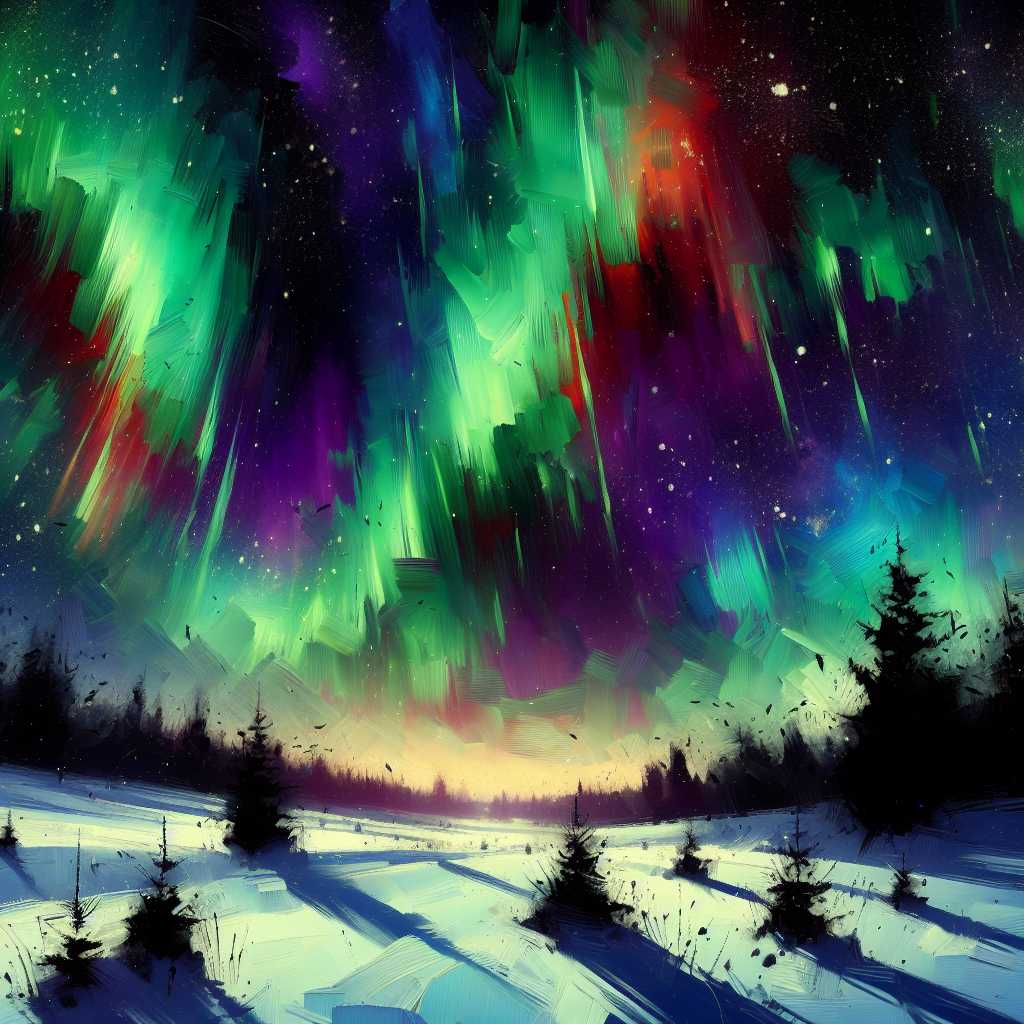A Comprehensive Guide to Aurora Borealis: Forecasting the Northern Lights
The Aurora Borealis, commonly known as the Northern Lights, is one of Mother Nature’s most enchanting spectacles. The lights are a mesmerizing natural phenomenon characterized by vibrant colors dancing across the night sky. Understanding and forecasting this celestial display is a blend of historical appreciation and advanced scientific analysis. In this extensive exploration, we will delve into how forecasts for the Northern Lights are made, notable places for observation, optimal conditions for sightings, and prepare you with tips to witness this awe-inspiring natural event.
The Science Behind the Northern Lights
Before one can fully appreciate the forecast and the actual event itself, a basic understanding of the science behind the auroras is necessary. Aurora borealis occurs primarily in the polar regions as charged particles from the sun collide with gas atoms in Earth’s upper atmosphere. This interaction takes place in the magnetosphere, an area where Earth’s magnetic field interacts with solar wind, a stream of charged particles emanating from the sun. During periods of increased solar activity, such as solar flares or coronal mass ejections, more charged particles are sent towards Earth, increasing the chances and intensity of auroral activity.
Forecasting the Northern Lights
Forecasting auroral activity involves understanding both solar dynamics and Earth’s magnetic field to predict when these natural light shows may occur. Space agencies like NASA and organizations such as NOAA (National Oceanic and Atmospheric Administration) operate satellites and monitoring stations that track solar wind and geomagnetic activity, which can herald an aurora event.
The prediction involves observing certain indices:
–
The KP Index: This is a measure of geomagnetic disruption based on readings from ground-based magnetometers around the world. A higher KP index generally indicates a better chance to see an aurora in areas that do not typically see them.
–
Solar Wind Parameters: These include wind speed, density and magnetic orientation. Particles must be heading toward Earth at high speed and in sufficient quantities to increase chances of an aurora event.
–
Sunspot Activity: These dark spots on the sun’s surface mark areas of intense magnetic activity, which may lead into eruptive events like solar flares or coronal mass ejections sending charged particles to Earth.
Real-time data sets and long-term solar cycles also contribute valuable information to auroral forecasts. Because of factors like weather or the solar cycle’s current phase (approximately an 11-year cycle), forecasts remain intricate and can change rapidly.
Prime Viewing Locations and Timeing
The best places to view the Aurora Borealis are typically at higher latitudes where geomagnetic activity is strongest. Within the so-called ‘Auroral Oval’, which includes parts of Canada, Alaska, northern Scandinavia, Russia’s Siberia, Iceland, and Greenland, your chances are highest. Observers should venture far from light pollution on clear nights between September to April when nights are longer. Local peak times may vary but tend to align with equinoxes.
Technology’s Role in Forecasting
Advancements in technology have significantly improved our ability to predict when an aurora might occur. Online platforms and mobile applications provide real-time alerts based off data from various observatories and satellites. These tools allow enthusiasts to get timely updates on potential sightings, even tailoring notifications based on location-specific forecasting models.
Tourism and Cultural Significance
Regions with frequent auroras have a thriving tourism industry centered around Northern Lights expeditions. Local cultures also hold deep connections to these lights, often reflected in mythology and folklore, tying human experience closely with this phenomenon.
Notes:
In conclusion, forecasting the Aurora Borealis blends interpretive finesse with technical aptitude; while nature remains largely sovereign over its presence, technology offers predictability to chase down this majestic play of lights.
*Image description: A breathtaking view of bright green Northern Lights swirling across a dark night sky over a silent snowy landscape. Silhouettes of pine trees add contrast to the vivid colors painting the heavens above.*
OYvdq
